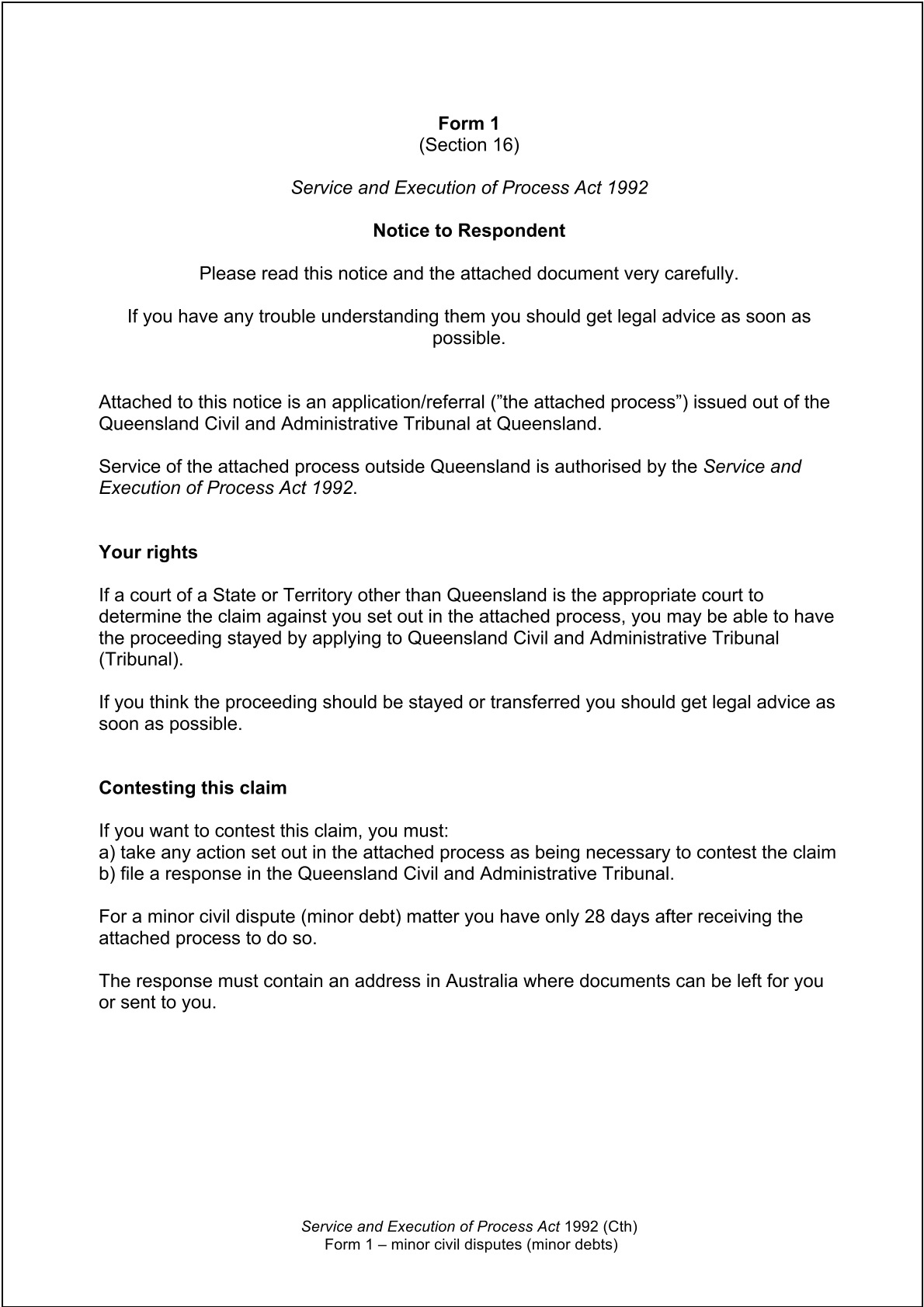Don’t Forget the SEPA form ! or the Court Will reject your affidavit of service
What’s that you say? A SEPA? If you’re planning on heading interstate to serve someone, then this is something you’ll want to pay attention to!
So, you’ve filed your brand-new claim in a Magistrates Court, Local Court, District Court, or any state-based Court or Tribunal. But before you start sending your documents out for service, there’s an extra step you need to take if the defendant or respondent has decided to skip across state lines.
Hold up, though! If you’re dealing with federal matters like Divorce or Family Law, you can skip ahead—you don’t need to worry about this. Feel free to scroll through Facebook while the rest of us are paying attention!
Now, back to SEPA. What’s that, exactly? SEPA stands for the Service and Execution of Process Act 1992, and it ensures that your claim has the same legal power as if it were being served in the state where it was filed, even if it’s going on a road trip across state borders. It’s a must-know if you’re taking legal action that involves cross-border service.
Let’s be real—the Service and Execution of Process Act 1992 isn’t exactly a page-turner (unless you’ve got insomnia, in which case, it could be your new best friend). But don’t let its lack of riveting prose fool you—its importance is undeniable, and it ensures everything is in order when your documents are being served outside your home state.
To spare you the entire read (unless, of course, you’re a fan of long legal texts), let’s get to the point. When you’re serving a state-filed document across state lines, you must include a SEPA form with your documents. If you don’t, the Court where you filed your claim will likely reject your attempt to serve the documents.
In most cases, this is simple. For standard claims (like debt matters), you’ll need to add a SEPA Form 1 (Notice to Defendant). These forms are typically available on the Court’s website, so you won’t need to go searching far and wide.
But, a word of caution: if you’re further along in your case and need to go interstate to subpoena a witness, things can get a little more complicated. In that case, you’ll need to use the Form 2 – Notice to Witness.
The best advice I can give? If you’re heading interstate, just check with your friendly Court Services Officer. They’ll steer you in the right direction and help ensure you have the correct forms.
See you next time, and happy serving!
Below is Form 1 SEPA, Notice to Respondent


